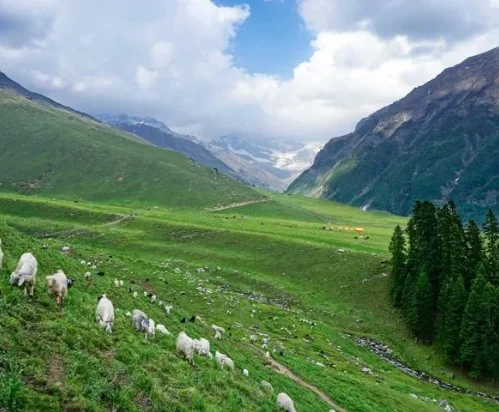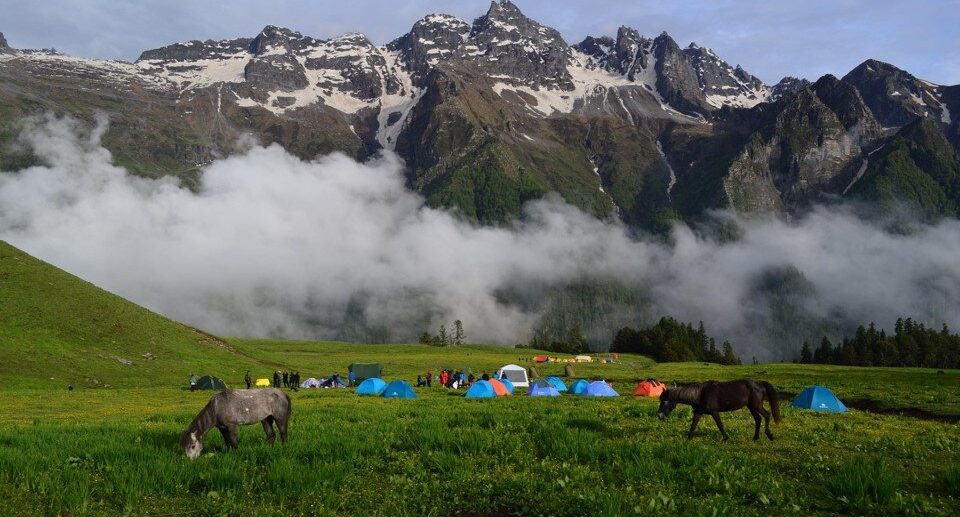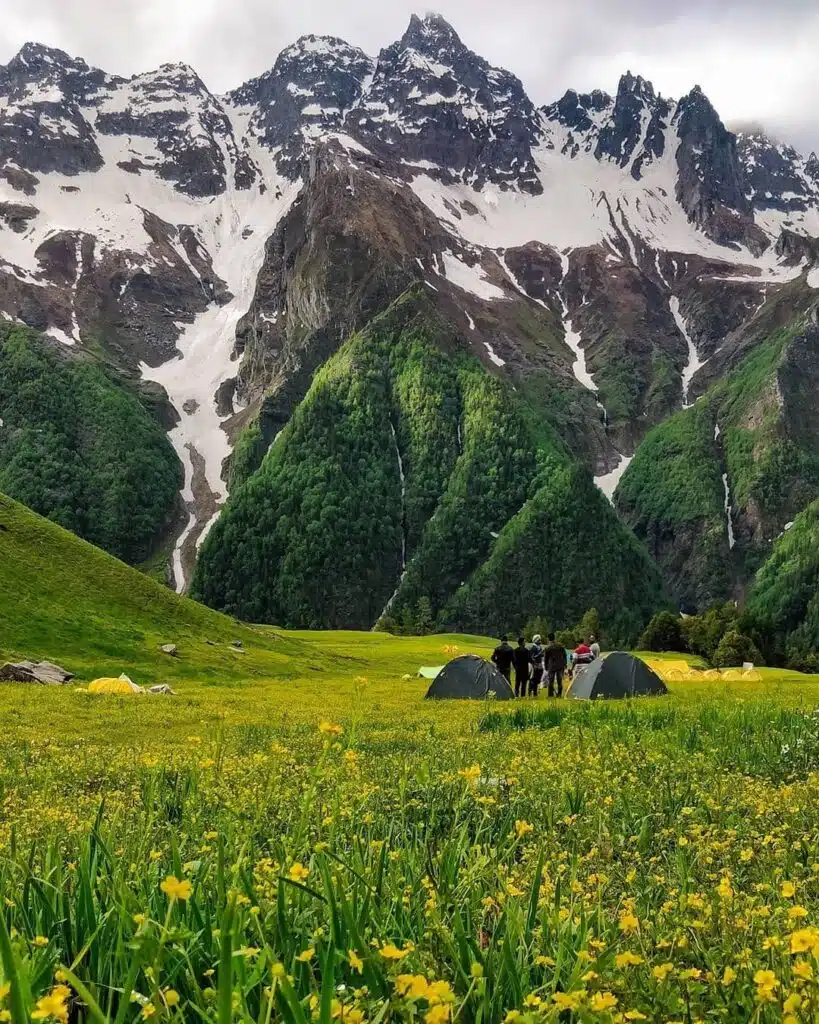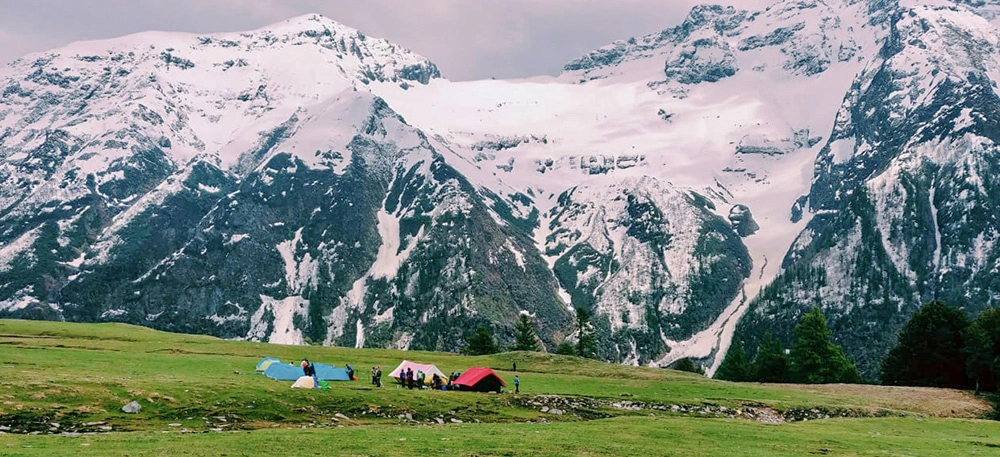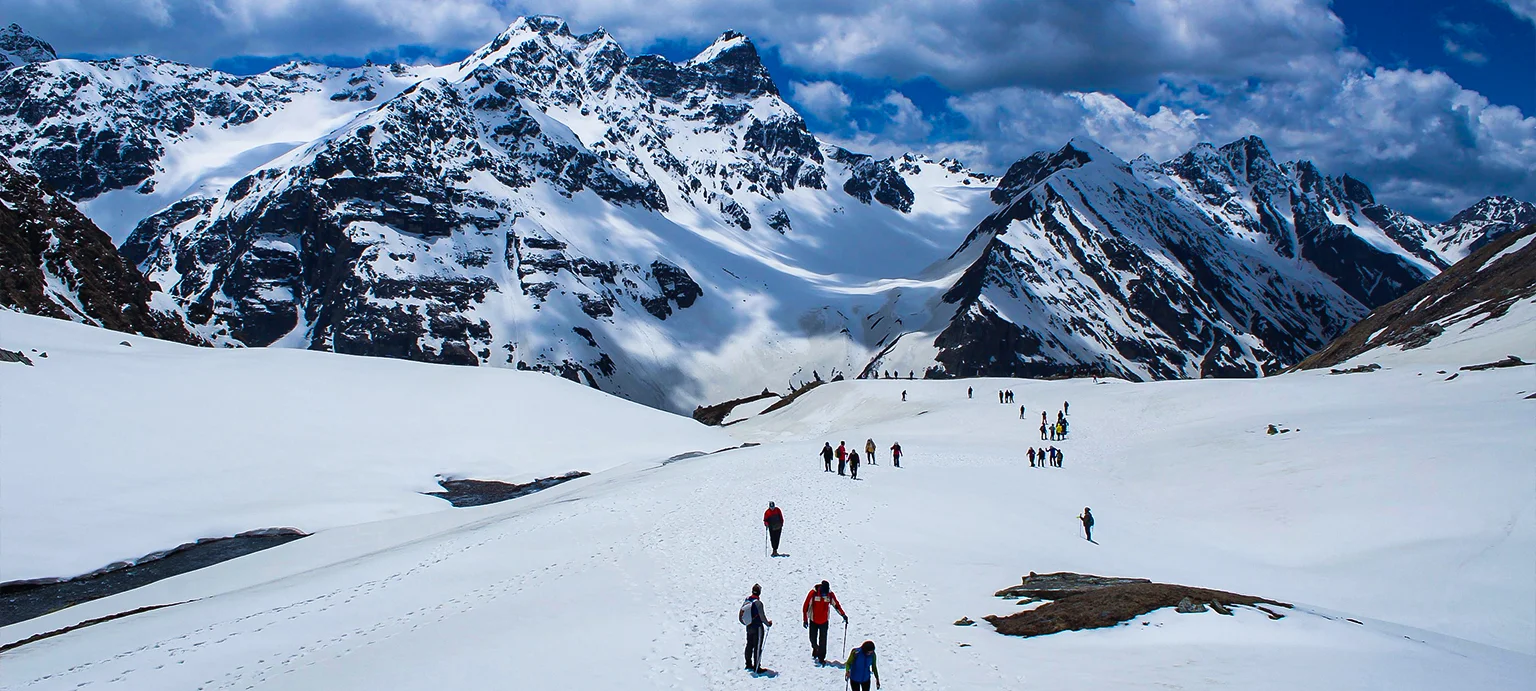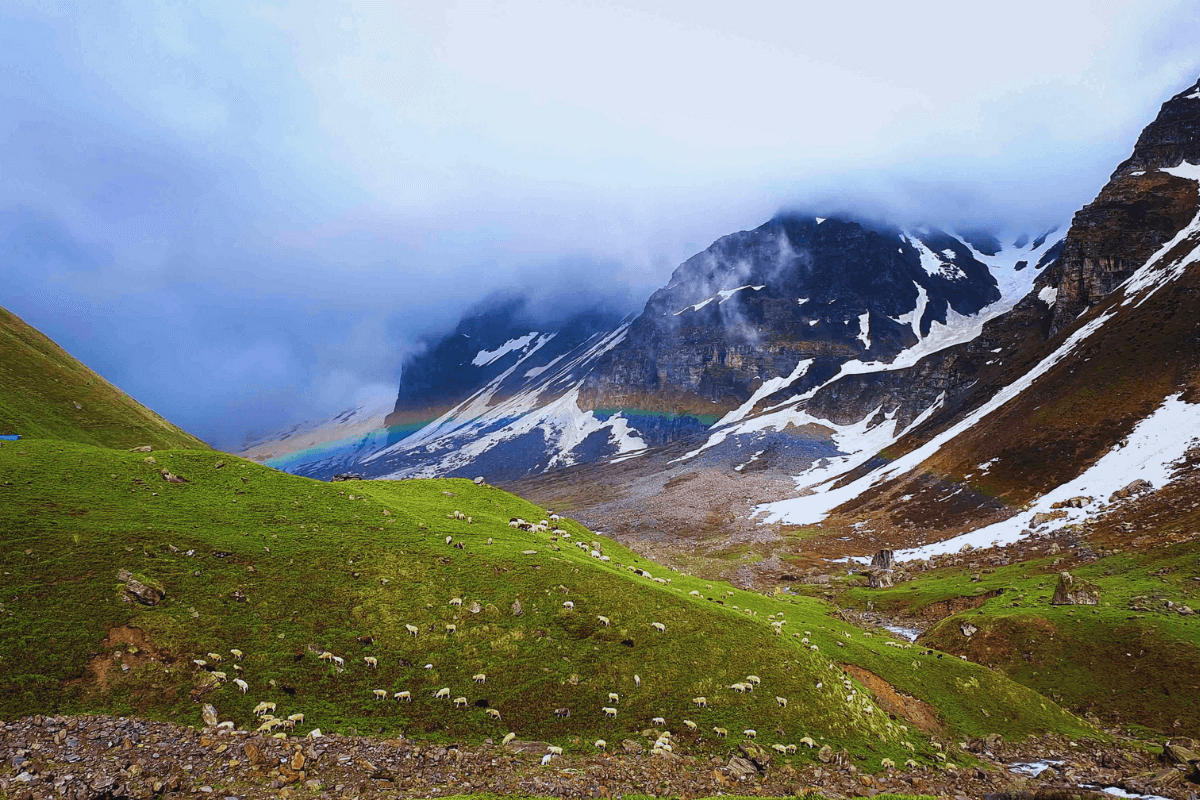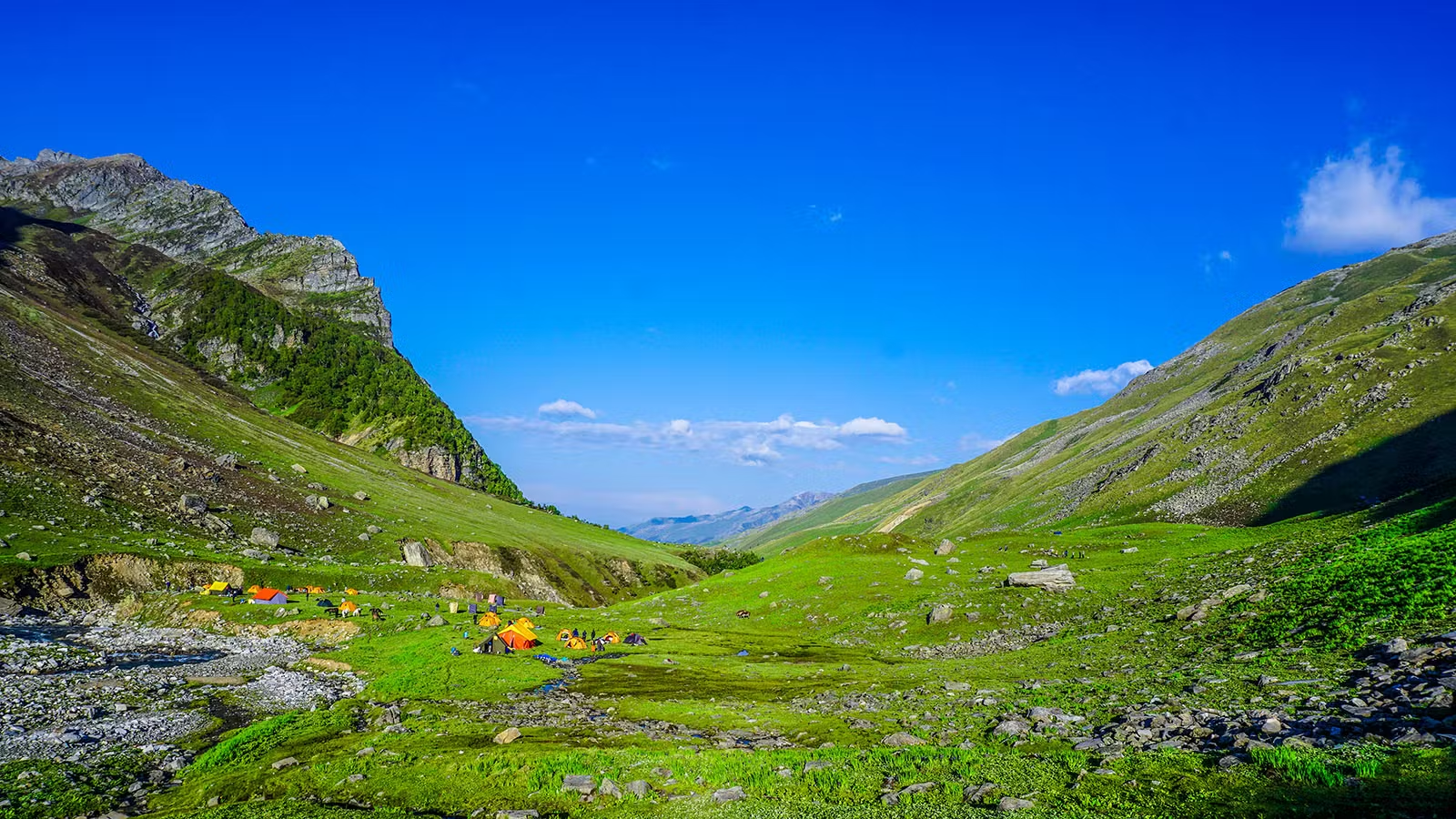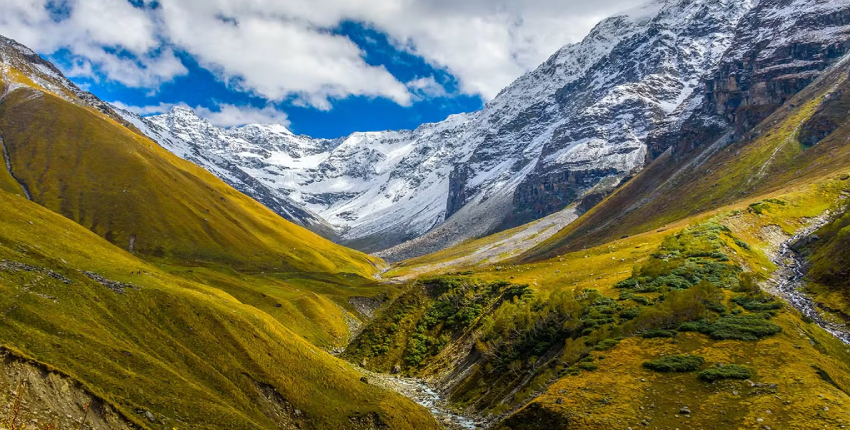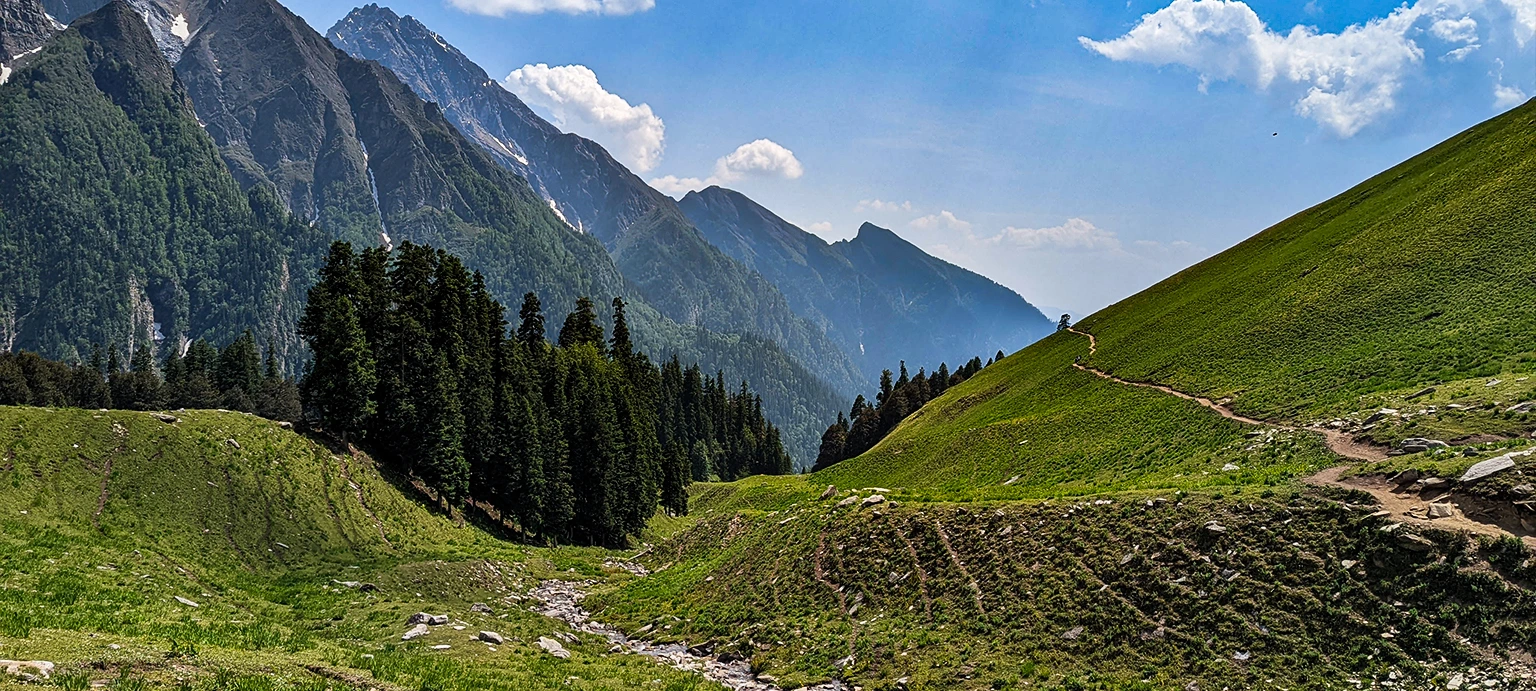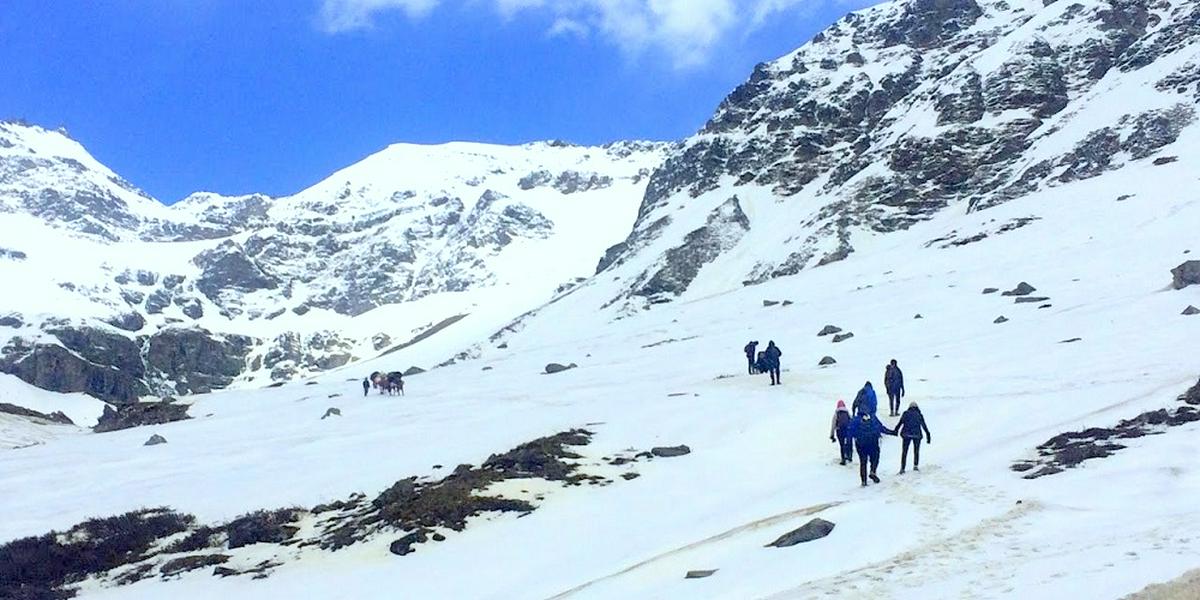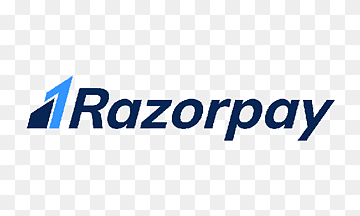Buran Ghati Pass Trek
Shimla → Janglik (2,900 m)
Drive from Shimla to Janglik village, the starting point of the trek. Overnight stay at a guesthouse/camp.
Highlights: Scenic drive through rural Himachal, cultural immersion in Janglik.
Janglik → Dayara (3,950 m)
Begin trekking from Janglik through dense forests and meadows to reach the stunning Dayara Thatch campsite.
Highlights: Lush green meadows, panoramic views of the Dhauladhar range.
Dayara → Litham (4,100 m)
A relatively easy day through beautiful landscapes, leading to Litham campsite near the Chandranahan Lake source.
Highlights: Gentle trails, closer views of snow-capped peaks, setting up camp in a serene valley.
Litham → acclimatization at Chandrahar Lake (4,400 m)
Spend the day acclimatizing with a hike to the glacial Chandrahar Lake, returning to Litham camp.
Highlights: Visit to the sacred Chandrahar Lake, important for acclimatization.

Litham → Dunda (4,300 m)
Trek from Litham to Dunda, preparing for the pass crossing the next day. This section involves some rocky terrains.
Highlights: Approaching the high-altitude zone, stark mountain landscapes.
Dunda → Cross Buran Pass (5,160 m) → River Camp (4,250 m)
The most challenging day involving a steep ascent to Buran Pass and a thrilling descent into the Pin Valley. Set up camp at River Camp.
Highlights: Summiting Buran Pass, rappelling down the snowy gully, dramatic landscape change from Kinnaur to Spiti.

River Camp → Barua (3,400 m) → drive → Shimla
Descend from River Camp through the villages of Pin Valley to Barua, and then drive back to Shimla.
Highlights: Exploring Pin Valley, interacting with local culture, concluding the memorable trek.
Why with us?
Safety & Guidance
Experienced and certified trek leaders with first-aid certifications and in-depth knowledge of the Buran Ghati route, equipped with safety gear.
Efficient Logistics
Seamless organization from transportation to high-quality camping equipment and technical gear, ensuring a comfortable and well-supported trekking experience.
Sustainable Practices
Commitment to responsible tourism, promoting eco-friendly practices and minimizing environmental impact on the sensitive Himalayan trails.
Wholesome Meals
Nutritious and delicious meals prepared fresh on the trek, designed to provide sustained energy for high-altitude trekking, catering to varied dietary needs.
Frequently Asked Questions
What is the best time to do the Buran Ghati Pass Trek?
What is the difficulty level of the Buran Ghati Pass Trek?
What kind of accommodation is provided during the trek?
Is prior technical experience required for the rappelling section?
What physical preparation is needed for this trek?
What is the maximum altitude reached on this trek?
Are there toilet facilities available on the trek?
What kind of food will be provided during the trek?
What are the emergency protocols in place?
Will there be mobile network connectivity?
Trek Essentials
Inclusions
- All trek meals
- Tents & sleeping bags
- Technical climbing gear
- High-altitude guides
- Permits
- Transport Shimla–Janglik & Barua–Shimla
Exclusions
- Personal expenses & insurance
- Any cost arising out of unforeseen circumstances including medical emergencies and act of nature.
Map
The map shows the approximate location of Buran Ghati Pass. Detailed trek routes can vary.

